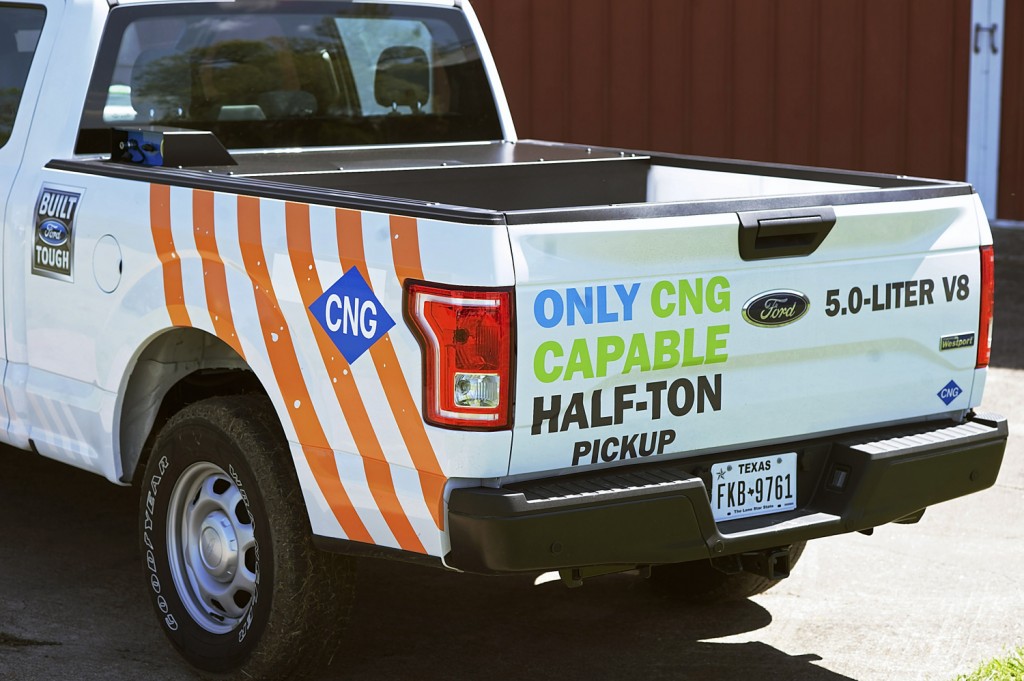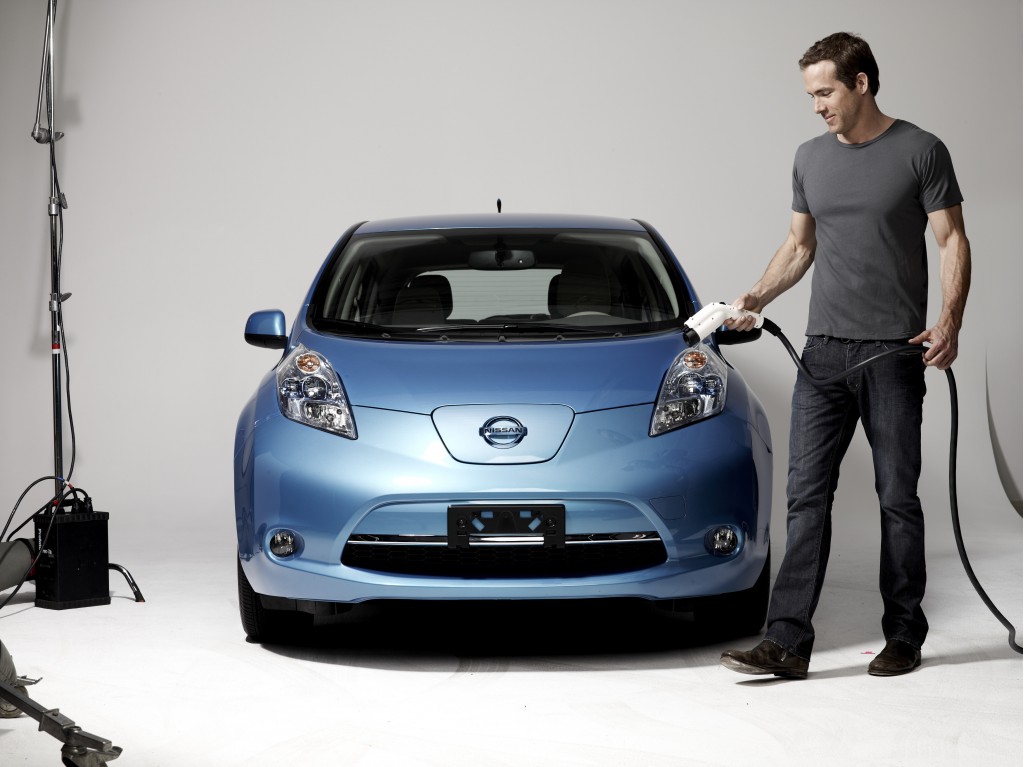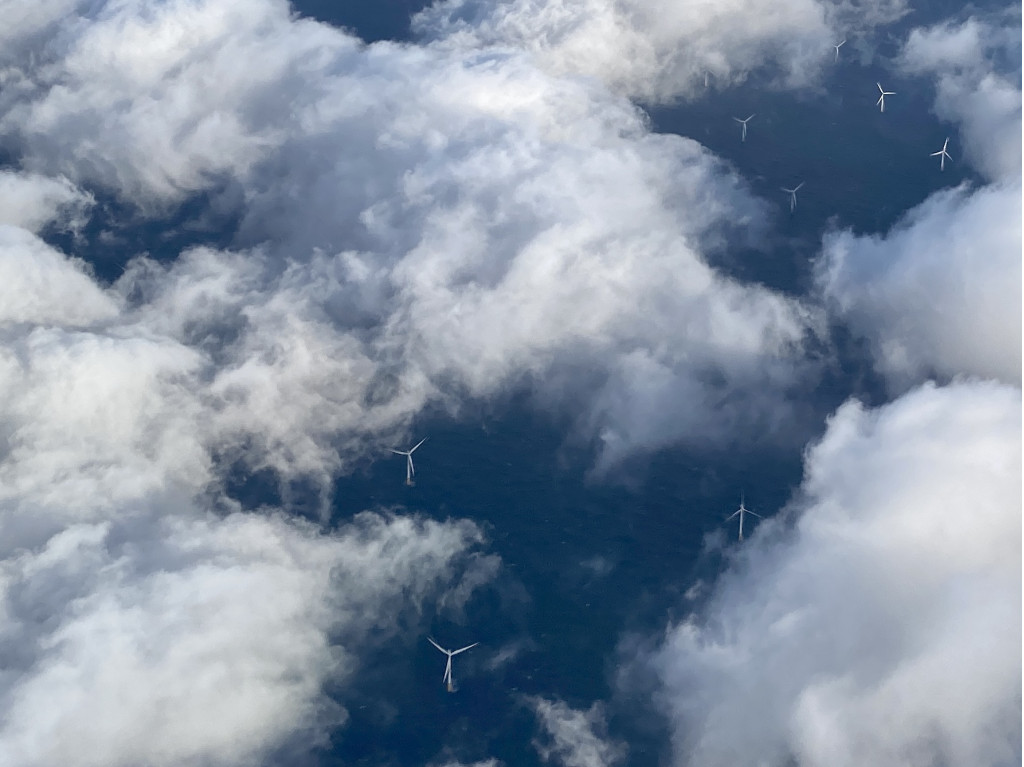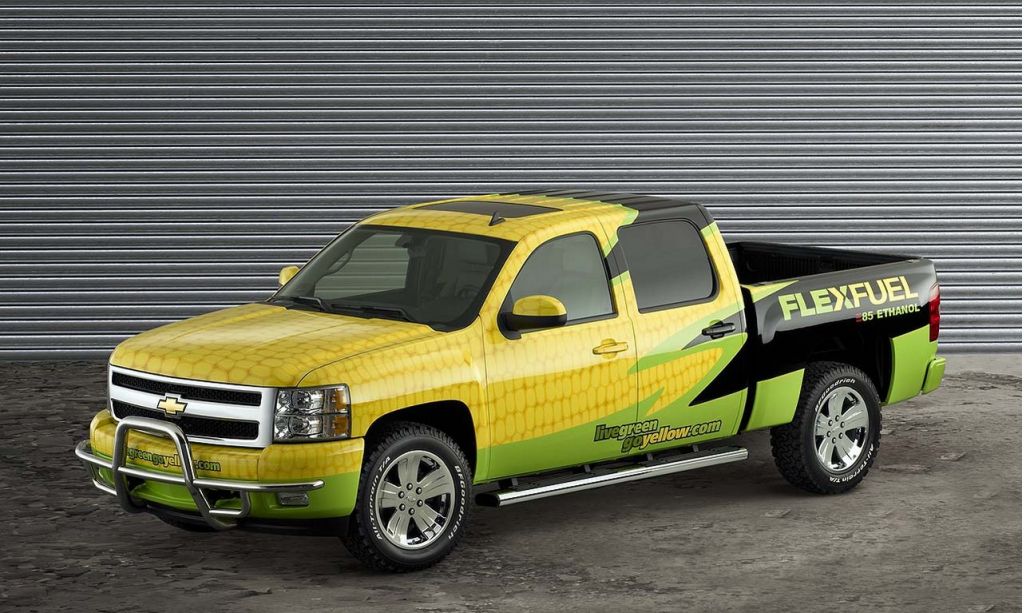The EPA is preparing to set new standards that broaden biofuels incentives and could provide cleaner electricity for EV charging. But the proposal faces criticism from some environmental groups who claim it inadvertently supports the market for internal combustion engines instead.
The agency on Thursday released proposed Renewable Fuel Standard targets for 2023-2025, calling to increase all types, including ethanol, cellulosic biofuel, biomass-based diesel, and "advanced biofuel."
While the system remains based around ethanol-equivalent gallons, the proposal includes a first time provision that will allow utilities to use biomethane—from sources such as renewable biomass or landfills—for electricity to charge electric vehicles.
The boost in biofuels, and particularly ethanol, has already found criticism from environmental groups that support clean cars. The Center for Biological Diversity, for instance, claims it will reduce or delay EV adoption and cause environmental damage.

E85 Corvette Racer
The group is concerned that too much additional land will be converted from natural habitat to farmland to meet demand for corn-based ethanol. There are also fewer restrictions on the use of pesticides and fertilizer for corn that's grown for fuel, the group said, noting that those substances can run off and contaminate streams and rivers.
"The reality is that as long as the EPA keeps failing to push the needed transition to EVs, biofuels simply help prop up the ICE market," said Brett Hartl, the Center for Biological Diversity's government affairs director. "It serves virtually no other legitimate purpose."
Jeremy Martin, the Union of Concerned Scientists’ director of fuels policy and senior scientist for the Clean Transportation Program, doesn't see it that way. Since the proposed rule, which is currently in a public comment period, includes transportation-bound electricity generated from biomethane in the calculations for the first time, it's "a definite upside for EVs," he says.

2016 Ford F-150 CNG conversion
Biomethane is a product that’s very close to natural gas. For years it’s been eligible within the Renewable Fuel Standard framework, but only for internal combustion vehicles.
“That’s created a significant incentive to expand CNG vehicles,” Martin explained. “But now you can use it to generate electricity.”
Although it's hard to calculate yet what the effects will be, the ability of utilities to earn credits for using biomethane may replace more coal, for instance, and improve the emissions associated with charging your EV.

Ryan Reynolds Nissan Leaf Spokesperson
The Energy Independence and Security Act of 2007 was written before the Nissan Leaf was even announced, and before the Tesla Roadster arrived. The law has required that certain amounts of biofuels be blended into the national supply of fossil fuels up to this point. The original legislation doesn't include biofuel volumes after 2022, however, so the EPA is poised to set its own Renewable Fuel Standard targets for the first time—while adhering to the original framework.
“It’s an unfortunate limitation of this law, that it defines a fuel,” Martin said.
Wind and solar don’t meet the definition of a fuel—laid out as directly replacing petroleum-based transportation fuel, heating oil or jet fuel—so they’re not part of the same credit system.

Offshore wind farm - Netherlands
California’s Low Carbon Fuels Standard, for example, is newer and recognizes that the idea of fuel has evolved in the age of EVs to include wind and solar.
Consumer Reports, which has been critical of ethanol in the past, says that the proposal will be "an important piece of the decarbonization puzzle," noting that these biofuels reduce tailpipe emissions from vehicles already on the road.

2006 Chevrolet Silverado E85 Handyman Concept
Environmental groups prioritizing land and water have reason to be concerned, but that potentially extends to an assessment that it's worse for global warming than gasoline, according to a National Academy of Sciences study out last year. Ethanol-driven crop production is carbon-intensive, and has led to decreased water quality, increased fertilizer use, and higher corn prices, the study found.
This is the latest in a long series of renewable fuels decisions that appear to leave no one happy. In this case, though, the goal may be to appease ethanol producers, who have largely opposed the Biden administration's stricter emissions rules, while also taking steps to encourage EV adoption and lower emissions in shifting to EVs. While this might continue to teeter between interests, everyone might be better served with an entirely new policy at this point—one that fully acknowledges that for EVs, electricity is fuel.
The EPA is seeking comment on the proposal, which might become set by next summer, with a credit framework in place for 2024. If you'd like some weekend reading you can find all 692 pages of the proposal right here, or the 520-page impact analysis here.
--
with contributions by Stephen Edelstein













